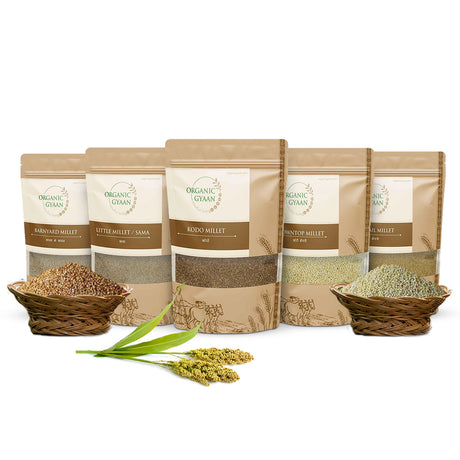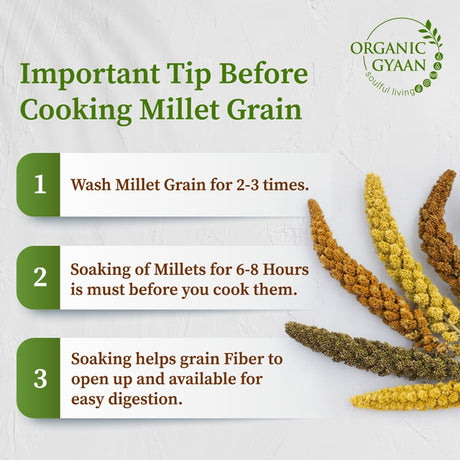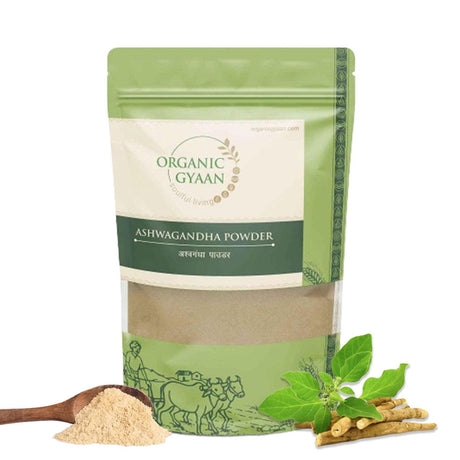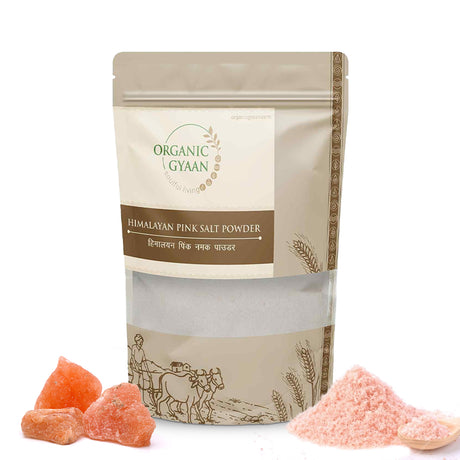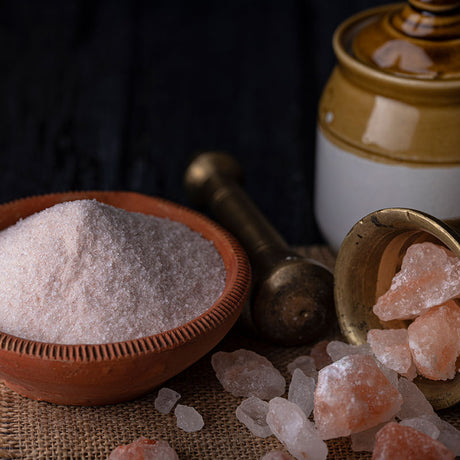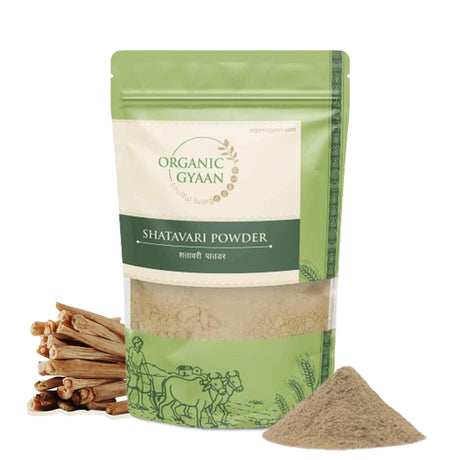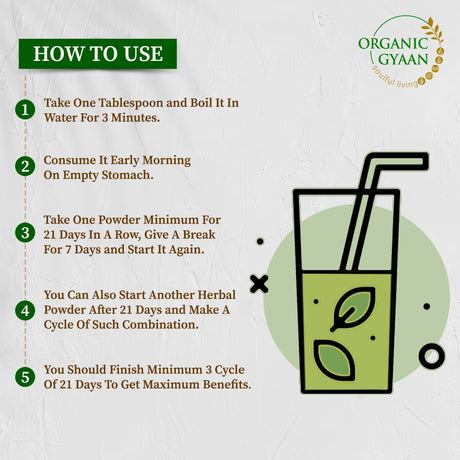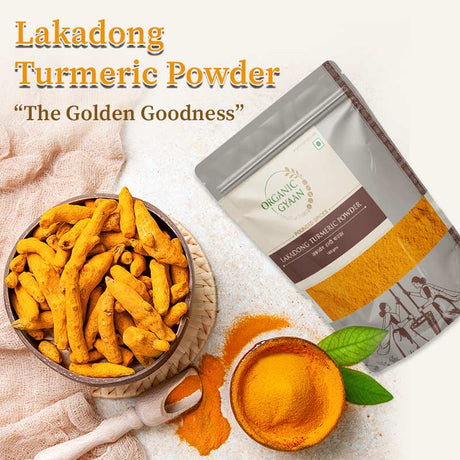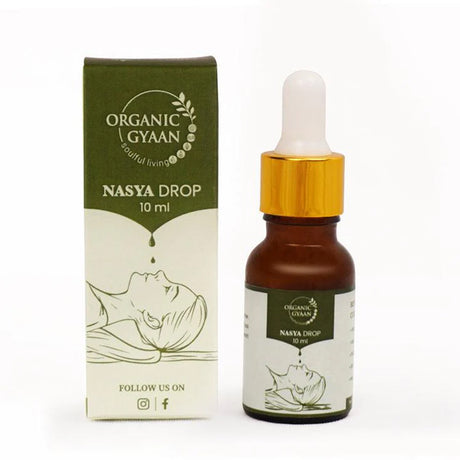Can Food Help Lower Your A1C?
Yes, they can! What you eat directly impacts your blood sugar and long-term A1C levels. Meals rich in fiber, whole grains, natural probiotics, and low-glycemic ingredients can help stabilize glucose, improve insulin sensitivity, and reduce sugar spikes.
This blog brings you 9 easy, nourishing recipes to lower A1C — all vegetarian, made without wheat flour, and built on ancient grains like millets, legumes, greens, and natural remedies like moringa, flax, and amla.
Why A1C Levels Matter
Your HbA1c is a test that shows your average blood sugar over 2–3 months. A higher A1C (over 6.5%) indicates poorly controlled diabetes, which increases the risk of complications like kidney damage, heart disease, and nerve issues.
So, the question is: how do you lower your A1C naturally?
It starts with what’s on your plate. Let’s dive into some delicious, nutrient-rich meals that help bring your A1C down — without compromising taste.
Top 9 Delicious Recipes to Lower A1C
1. Foxtail Millet Upma
Why it’s good: A wholesome millet-based breakfast that keeps sugar levels stable and digestion smooth.
Ingredients:
- ½ cup foxtail millet
- 1 tsp mustard seeds
- 1 tbsp chopped carrots & beans
- Curry leaves, turmeric, lemon juice
- 1 tsp cold-pressed groundnut oil
Instructions:
- Soak millet for 30 minutes.
- Sauté mustard seeds, curry leaves, and veggies in oil.
- Add millet, water (2:1), salt, and turmeric. Cook until soft.
- Finish with lemon juice.
2. Ragi Ambali (Fermented Millet Drink)
Why it’s good: A traditional probiotic drink that boosts gut health, improves digestion, and supports A1C control naturally.
Ingredients:
- 2 tbsp ragi flour
- 1 cup water
- 1 cup buttermilk
- A pinch of Himalayan pink salt
- Optional: mustard seeds, curry leaves
Instructions:
- Mix ragi with water and cook until thick. Cool completely.
- Mix with buttermilk and salt. Ferment overnight.
- Optionally, add a mild tempering before serving.
3. Palak Moong Dal Soup
Why it’s good: Leafy greens + lentils = a powerful combo for lowering sugar and supporting immunity.
Ingredients:
- 1 cup yellow moong dal
- 1 cup spinach
- Grated ginger, cumin seeds
- Himalayan pink salt, turmeric, 1 tsp groundnut oil
Instructions:
- Cook moong dal with turmeric.
- Blend spinach, sauté in oil with cumin and ginger.
- Add to dal and simmer for 5 minutes.
4. Raw Sprouts Salad with Flaxseeds
Why it’s good: High in enzymes, fiber, and healthy fats — great for post-lunch energy without glucose spikes.
Ingredients:
Instructions:
- Mix all ingredients in a bowl.
- Let sit for 10 mins to absorb flavors.
5. Sweet Potato & Quinoa Bowl
Why it’s good: Balanced carbs, plant protein, and minerals make it a great A1C-friendly dinner.
Ingredients:
- 1 cup cooked quinoa
- ½ cup steamed sweet potatoes
- Bell peppers, lemon juice, pumpkin seeds
Instructions:
- Toss all ingredients in a bowl.
- Season with lemon and black pepper.
6. Chia-Berry Overnight Oats
Why it’s good: Rich in omega-3s, fiber, and antioxidants — all of which stabilize blood sugar.
Ingredients:
- ½ cup rolled oats
- 1 tbsp chia seeds
- ½ cup almond milk
- Handful of berries
- ½ tsp cinnamon powder
Instructions:
- Mix all in a jar.
- Refrigerate overnight and enjoy chilled.
7. Karela Stir Fry with Amla Powder
Why it’s good: Bitter gourd and amla both support glucose metabolism and insulin sensitivity.
Ingredients:
- 1 medium karela (bitter gourd)
- Mustard seeds, curry leaves
- Salt, turmeric, 1 tsp sesame oil
- ½ tsp amla powder
Instructions:
- Soak karela in salt water for 20 mins.
- Sauté with mustard seeds and spices.
- Sprinkle amla powder before serving.
8. Turmeric Millet Khichdi
Why it’s good: Warm, healing, and packed with fiber and anti-inflammatory turmeric.
Ingredients:
- ½ cup Siridhanya millet
- ¼ cup moong dal
- Mixed vegetables
- Turmeric, cumin, ginger
- 1 tsp cold-pressed coconut oil
Instructions:
- Cook millet and dal with veggies and spices.
- Add oil and mix well. Serve hot.
9. Kodo Millet Pongal
Why it’s good: A comforting blend of kodo millet and moong dal that’s filling, gentle on digestion, and low on the glycemic scale.
Ingredients:
- ½ cup kodo millet
- ¼ cup yellow moong dal
- Cumin seeds, ginger, curry leaves
- 1 tsp ghee
- Salt and pepper
Instructions:
- Cook millet and dal with spices in 2.5 cups water.
- Add tempering of cumin, ginger in ghee.
- Mix well and serve hot.
Research That Supports These Recipes
- The Journal of Nutrition links fiber-rich foods like millets, lentils, and seeds to reduced HbA1c.
- A study published in Diabetes Care shows plant-based diets help lower insulin resistance.
- The American Diabetes Association endorses the use of whole grains and fermented foods for better blood sugar management.
Conclusion: Real Food, Real Control
You don’t have to give up taste or tradition to manage your A1C. These recipes to lower A1C use real, simple ingredients — like millets, greens, legumes, and superfoods — that make healthy living feel natural and satisfying.
Start small. Add one millet dish, try Ambali for breakfast, or prep your overnight oats tonight. Every little step counts toward your long-term wellness.

